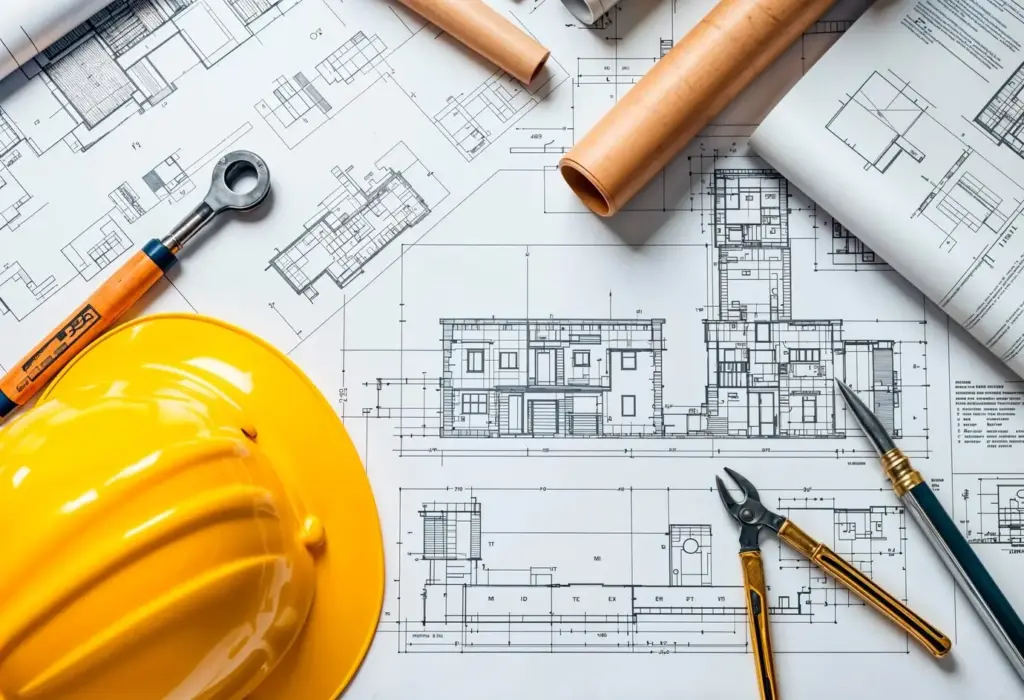Choosing the Right Build: Modular, Prefab, or Stick-Built

What Each Method Really Means
Modular in Practice
Modular units are fabricated in climate-controlled facilities, complete with insulation, plumbing rough-ins, wiring, and finishes, then trucked and craned into place in days. Because modules are structurally robust for transport, they often exceed code requirements. The process compresses on-site time dramatically, but design must respect module dimensions, transport routes, and crane access. Financing and inspections typically follow state modular programs, streamlining compliance across many jurisdictions.
Prefab Panels and Kits Explained
Prefab here refers to panelized walls, trusses, floor cassettes, or curated kits. Components arrive labeled and ready for rapid assembly, reducing waste and improving precision over fully on-site cutting. You still rely on a local crew, but framing speeds up and weather exposure shortens. Flexibility is greater than pure modular, yet the build benefits from factory jigs and standardized details. Permitting remains local, while delivery sequencing and staging matter greatly.
Stick-Built Fundamentals
Stick-built construction unfolds directly on the foundation, guided by drawings, local codes, and a builder’s craftsmanship. Materials are delivered raw, then cut and assembled on-site, offering maximum customization for unusual sites, architectural flourishes, or evolving homeowner preferences. Weather, crew availability, and site constraints can influence timelines and quality consistency. Inspections are fully local. It remains beloved for its artistry and adaptability, though costs and schedules require vigilant management.
Budget and Cost Predictability
Speed, Scheduling, and Logistics

Quality, Durability, and Energy Performance
Factory Quality Controls
On-Site Craft and Flexibility
Energy Codes and Envelope Strategy
Design Freedom and Customization

Structural Grids and Module Sizes
Architect Collaboration and Detailing
Future Expansion and Resale
Risk, Regulation, and Neighborhood Fit
Code Compliance Across Jurisdictions
Modular typically carries state-level approvals and third-party inspections, while foundations and site connections remain local. Panelized and stick-built are entirely local, but engineered components simplify approvals. Provide sealed drawings, energy reports, and manufacturer certifications to inspectors early. Clarify responsibility for revisions when site conditions require tweaks. Respect the paper trail: neat documentation accelerates plan checks, reduces miscommunication, and sets a professional tone that reassures officials and neighbors alike.
HOA, Appraisal, and Perception Management
Some communities worry modular equals temporary or inferior. Counter with photos, specifications, and case studies showing premium finishes and superior airtightness. Appraisers lean on comps, so provide detailed scopes and certifications that demonstrate quality. Engage the HOA early with elevations, material boards, and landscaping plans. When people understand that off-site approaches produce quiet, efficient homes, resistance often becomes curiosity, then enthusiastic support as crane day showcases precise, respectful construction.
